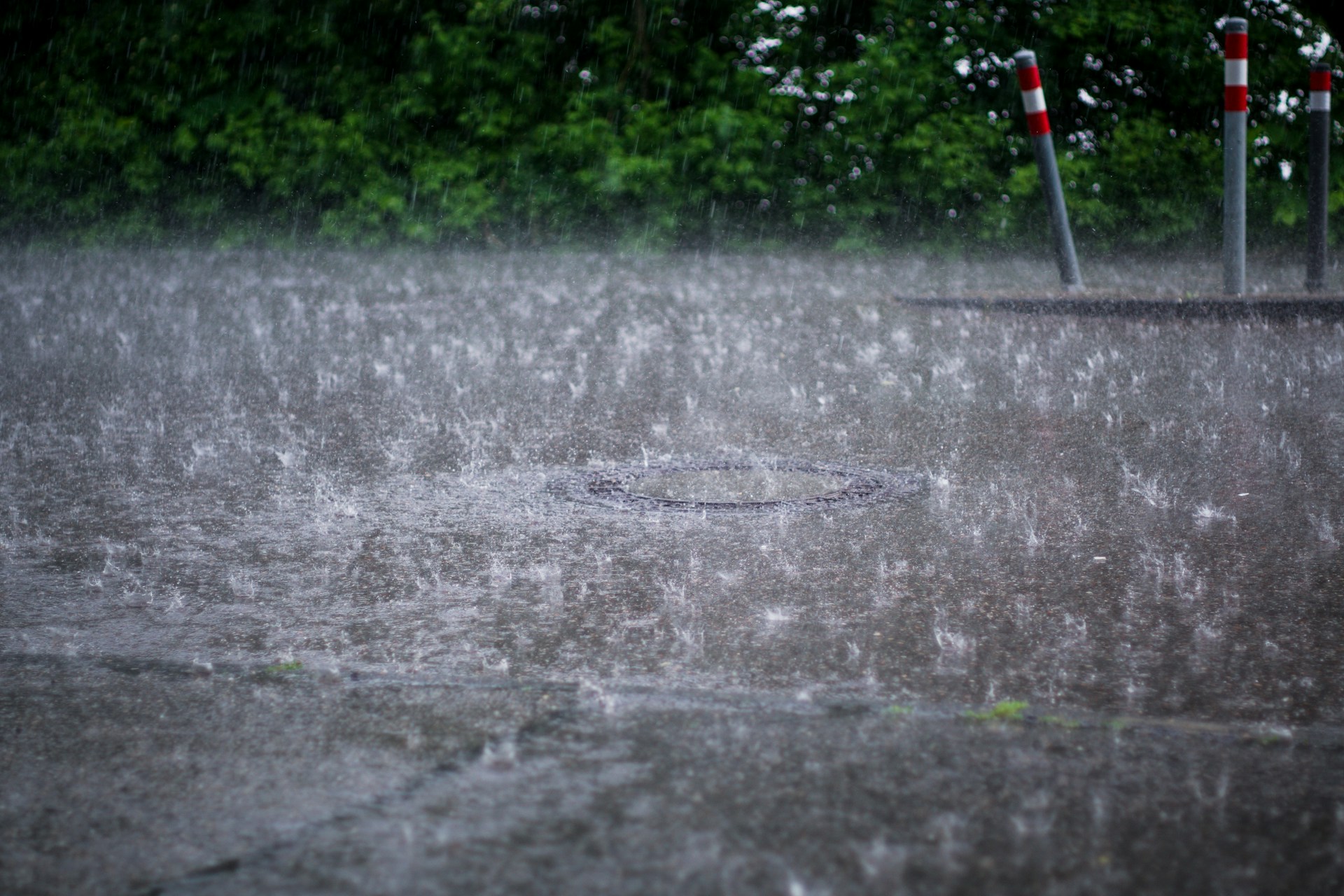Your Guide to Stormwater Management and General Permits, Part 1
Why protect waterways?
Throughout America’s history, there have been numerous scandals related to water pollution, including The Love Canal Disaster, the Flint Water Crisis, and the Cuyahoga River Fires. The Cuyahoga River Fires, which were caused by excessive pollution, sparked the creation of the United States Environmental Protection Agency (EPA).
It’s been only in the past half-century or so that we, as a society, have truly grasped the health risks associated with harmful contaminants in water that we consume, bathe in, and use for cooking. This newfound understanding has led Americans to a collective agreement that we must act decisively to safeguard our most precious resource – water.
Grappling with decades of egregious water pollution has certainly improved the condition of America’s water. However, other sources of contaminants are not as obvious, namely stormwater pollution.
What is stormwater?
In the natural environment, stormwater is rain or snowmelt that covers the ground and is thus absorbed by plants and soil, being naturally filtered in that way. In less developed areas, stormwater is not much of a concern because the water is relatively free of potentially harmful pollutants and it easily percolates into the ground and does not flow into waterways. Unfortunately, that is not the case in urban environments.
What is stormwater runoff, and how does it apply to my facility?
Stormwater runoff occurs when a storm creates so much water that it cannot be naturally absorbed by the ground because it is blocked by man-made structures (think of concrete pavement or roadway). In those instances, the water may pick up heavy metals, pesticides, dirt, oil, or any number of other pollutants as it flows off buildings, driveways, ditches, roads, heavy machinery, and industrial facilities, making it a source of water pollution, particularly in developed areas with high population concentrations.
The stormwater eventually reaches a drain, culvert, or other drainage system and can be carried to a surface water body (river, lake, ocean, etc.). The contaminants in stormwater can have a severe impact on water quality, destroying aquatic habitat and ecosystems, fouling water at beaches, and causing lake eutrophication. These problems are more than nuisances. They can pose a significant threat to humans and cause other environmental and health impacts.
Unlike sanitary sewer systems, which carry “dirty” water from homes or other facilities to a location for treatment before it is discharged into local waterways, stormwater can sometimes be discharged directly into water systems with little to no treatment, representing a threat to water quality, aquatic life and habitat, and other wildlife. Therefore, addressing stormwater runoff is an absolute necessity.
To combat this problem, the EPA created the National Pollutant Discharge Elimination System (NPDES) permit program, a key tool to regulate stormwater runoff and help prevent environmental pollution.
The NPDES program was created when Congress passed significant changes to the Clean Water Act in 1972. The changes were meant to ensure that water being discharged into American waterways was treated and safe for humans and wildlife.
Stay tuned for Part 2 in this series, which will go into detail about the stormwater permitting process. If you want to read more, download Walden’s complete stormwater guide here, or visit our stormwater webpage. To speak with a stormwater expert, contact us at 516-980-5508.

Photo by Christian Lue on Unsplash
Walden’s complete stormwater guide is available for download here. Contact our team of experienced stormwater consultants at 516-980-5508 to learn more.

